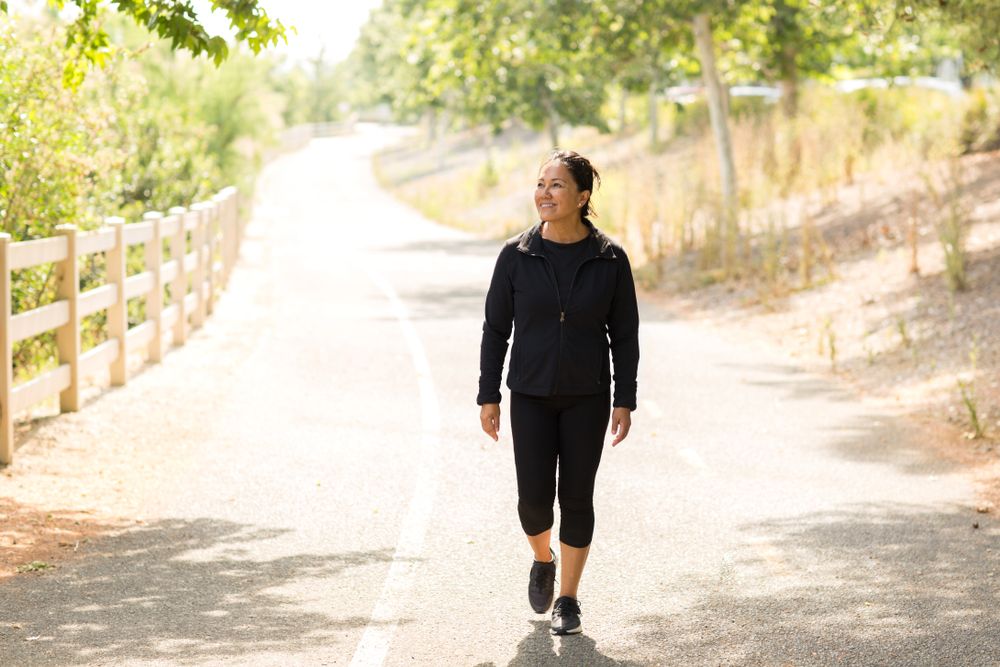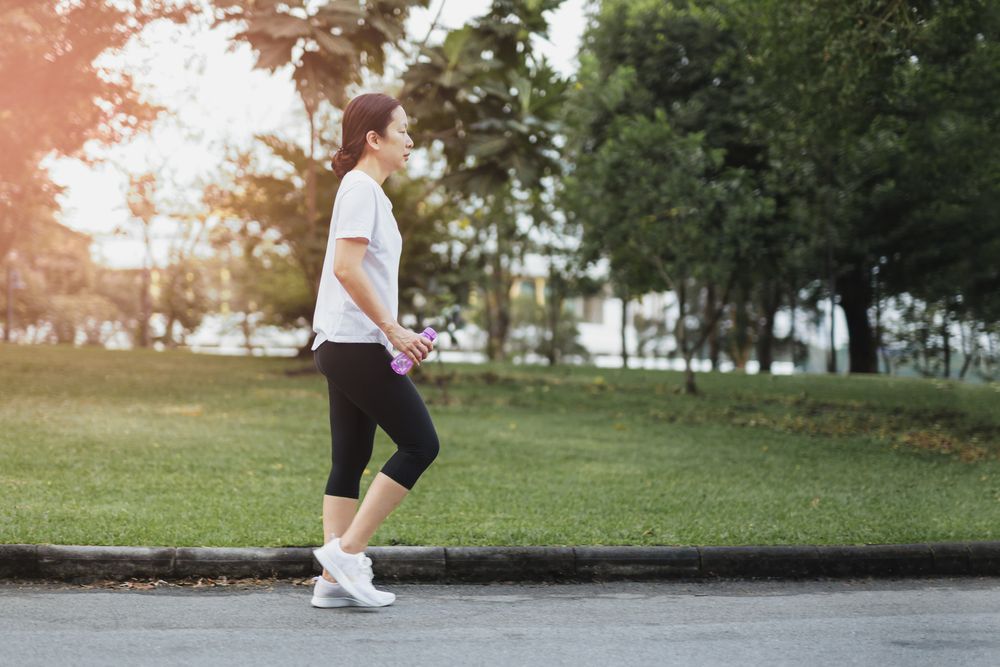
If your jeans are feeling a little snug after the holidays, you’re not alone. For those of us juggling busy schedules without time for regular gym visits, walking might be the perfect solution. As someone who works from home, I don’t cover marathon distances, but I do walk often—whether it’s with my dog, running errands, or even just heading to the laundry room.
But could these everyday steps actually help reduce belly fat? To find out, I spoke with top fitness and health experts who shared their insights on how walking can effectively burn fat and improve overall health.
Walk This Way to Burn More Fat
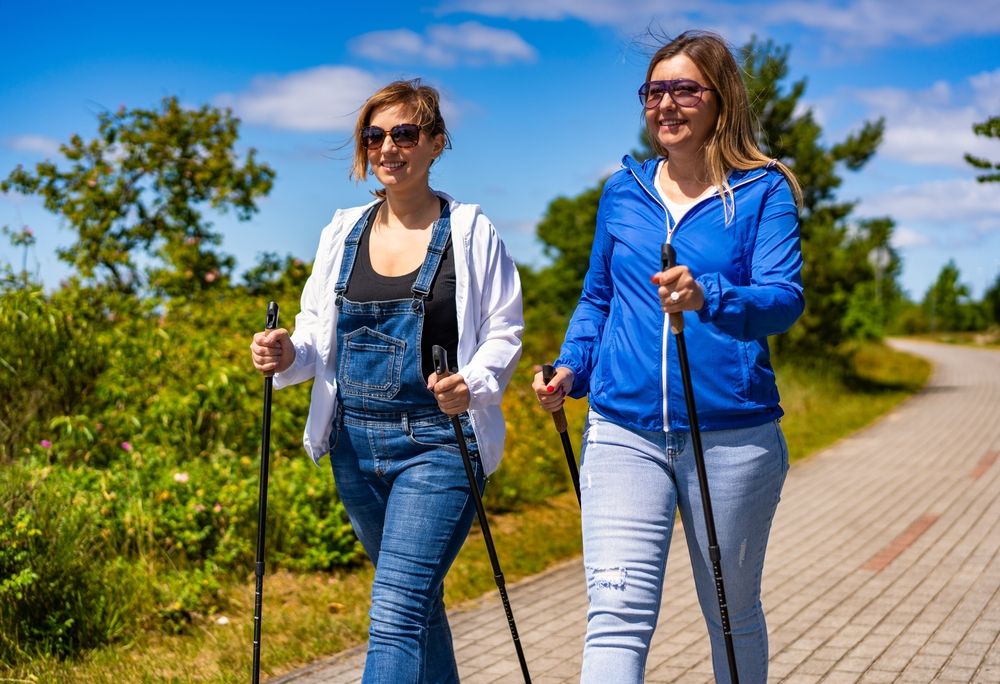
“Walking is a highly effective, low-impact way to reduce belly fat,” says Ashley Parker Angel, certified heroic coach and co-founder of High Level Performance Academy. “It boosts daily calorie burn and helps regulate stress levels, which can lower cortisol—a hormone associated with belly fat storage.”
His top tip? “Try interval walking—alternating between moderate and brisk paces. Imagine walking quickly to catch an elevator just before the doors close. This approach boosts heart rate variability and supercharges fat-burning.”
Why Walking Works for Weight Loss

Calum Fraser, physiotherapist and CEO of BodyTone Pilates Studio, highlights walking’s accessibility: “What makes walking so effective for reducing overall body fat is how easy it is to incorporate into daily life. It’s a low-impact exercise that almost anyone can do, and because it’s so accessible, it’s easy to stick with. Plus, it doesn’t feel like a chore—it’s an activity you can enjoy.”
The Health Benefits Go Beyond Fat Loss
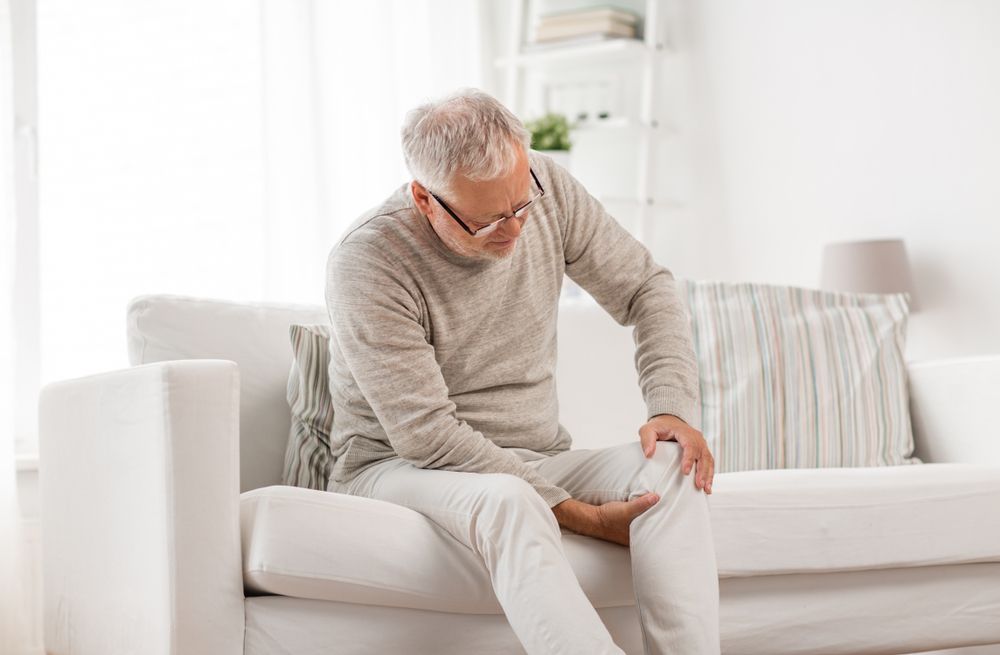
Slimmer jeans aren’t the only perk of walking. “Incorporating regular walking into your routine can help with weight loss while also alleviating joint, hip, and knee pain,” explains Trista Best, MPH, RD, LD, of The Candida Diet. “Walking enhances joint lubrication and strengthens the muscles that support and protect them.”
Best also highlights other benefits, noting that walking improves both your respiratory system and immune health, making it a well-rounded addition to any fitness routine.
Perfect Your Walking Form

John Gallucci Jr., MS, ATC, PT, DPT, CEO of JAG Physical Therapy, emphasizes the importance of proper walking technique: “Think ‘heel to toe.’ As your heel strikes the ground, your back foot propels you forward. Unlike running, your feet should never leave the ground completely while walking.”
He cautions against over-striding, which can put unnecessary strain on muscles and joints. “Instead of taking longer strides, focus on increasing your step count per minute for a more efficient and safer walk,” he advises.
Make It a Sustainable Habit

Carol B. Espel, MS, advises starting small when incorporating walking into your routine: “Just get out there and get moving, even if it’s just a lap around the block. The goal is to gradually increase your baseline fitness over 4–6 weeks by slowly building endurance and distance—taking it one step at a time.”
She also recommends finding a walking partner for added motivation: “Research shows that people are more likely to stick with a routine if a colleague, friend, or spouse is waiting for them. It becomes an ‘appointment,’ and someone is counting on you to show up!”
Science supports these strategies. Studies reveal that regular walking effectively reduces visceral fat—the harmful fat that accumulates around internal organs. The secret lies in consistency and duration rather than speed. Whether you prefer a slow stroll or a brisk pace, as long as you keep moving, you’re burning fat.
Expert Tips: Maximize Your Walking Workouts
Start with the Basics
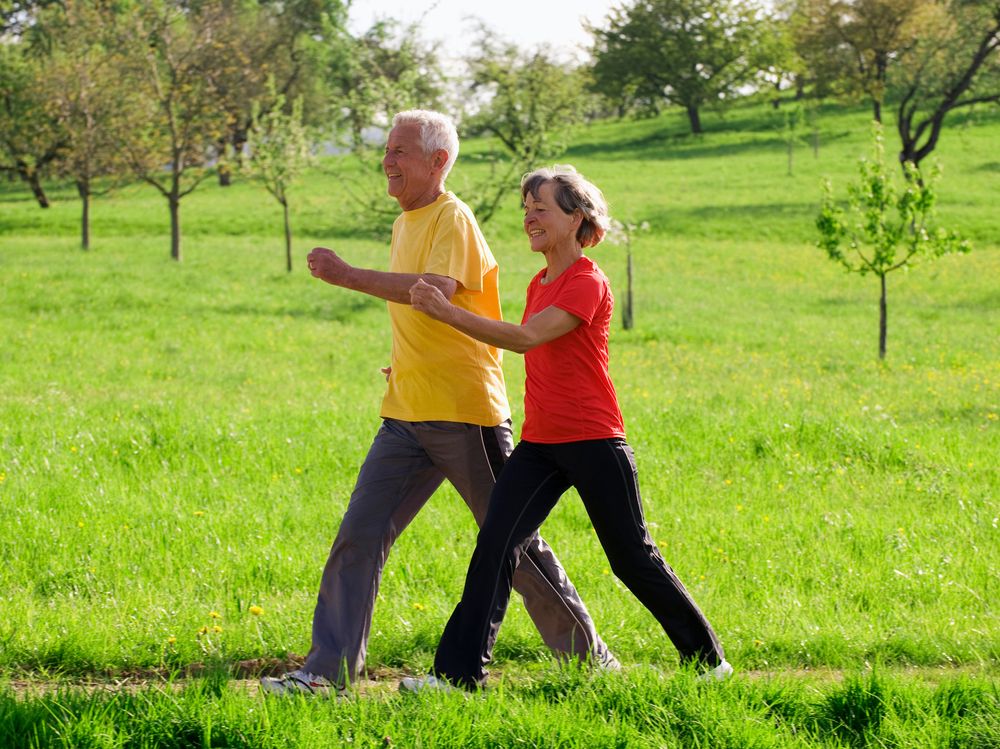
"First, get out there and get moving, even if it's just around the block," says Espel. "The goal is to increase your baseline fitness with maybe 4-6 weeks of building up endurance and distance by slowly adding to these variables, taking baby steps. It's critical to safely progress slowly to avoid injury and overuse."
Don't Forget to Stretch
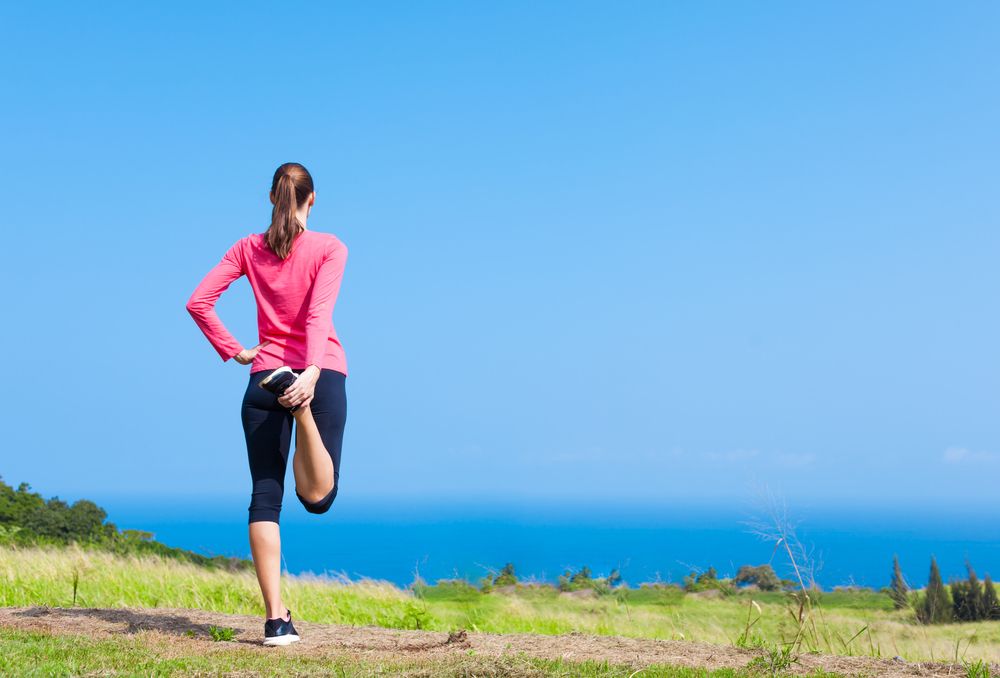
"Static and dynamic stretching before a walking routine allows for an increase in flexibility and assists with overall recovery," advises Gallucci. He recommends proper form: "Everyone has a natural stride that is most comfortable, and one of the most common mistakes you can make is to increase the length of your stride to walk faster. Over-striding can strain your muscles and joints, causing pain."
Progress Your Walking Routine
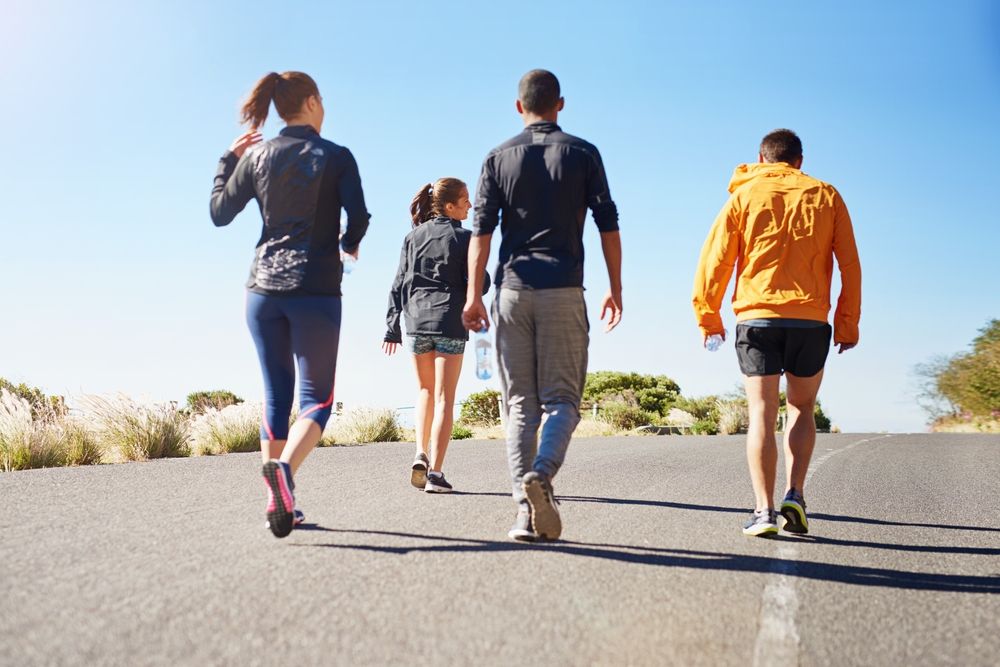
Once you're comfortable with basic walking, Gallucci recommends adding variety: "Combining a more relaxed walk with intervals of intense sprints and/or stair climbing allows calories to be burned faster and improves overall cardiovascular health. Furthermore, strength exercises such as lifting weights or doing bodyweight pushups before or after walks can assist with increasing your metabolism."
Prepare in Advance
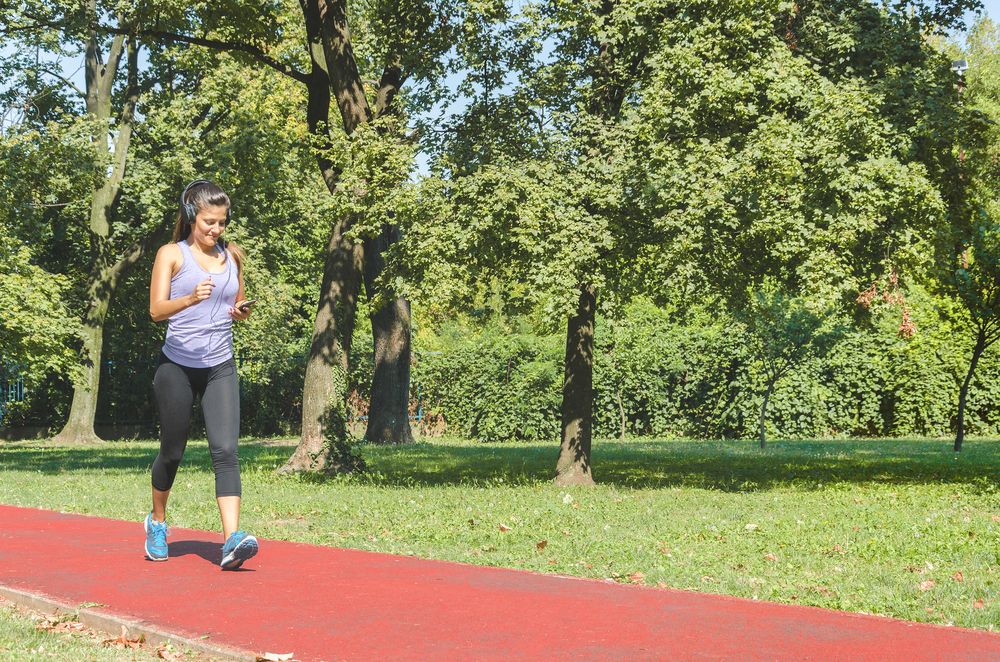
Espel emphasizes the importance of consistency and preparation:
“Set yourself up for success by laying out your walking clothes and shoes the night before,” she suggests. “Remember, all the exercise in the world won’t help with weight loss if you’re not mindful of what you’re eating and drinking each day.”
She also encourages self-compassion and patience: “It takes 6–12 weeks to start seeing and feeling noticeable changes, but energy levels often improve within just 1–2 weeks. Give yourself grace and stay committed to the process.”

